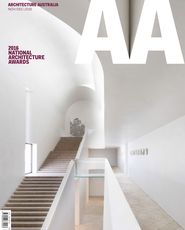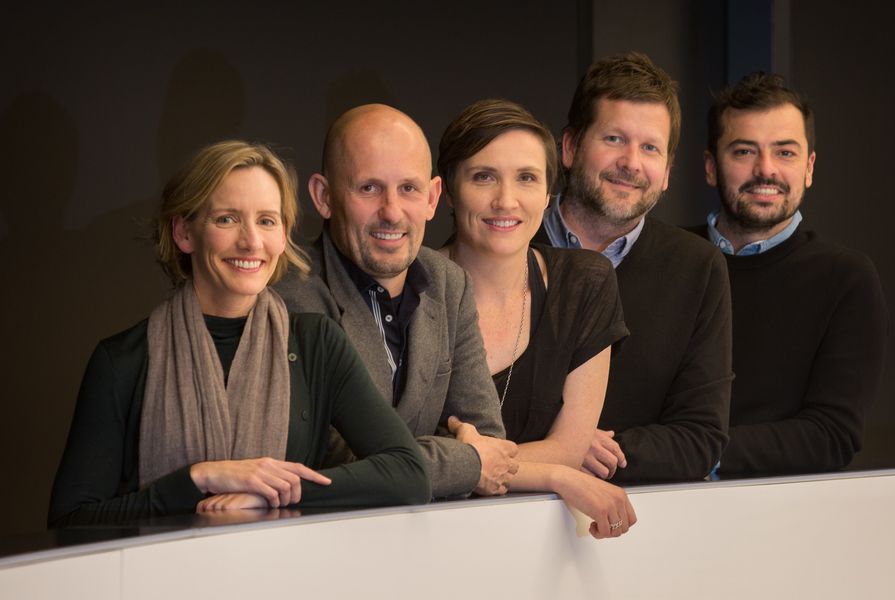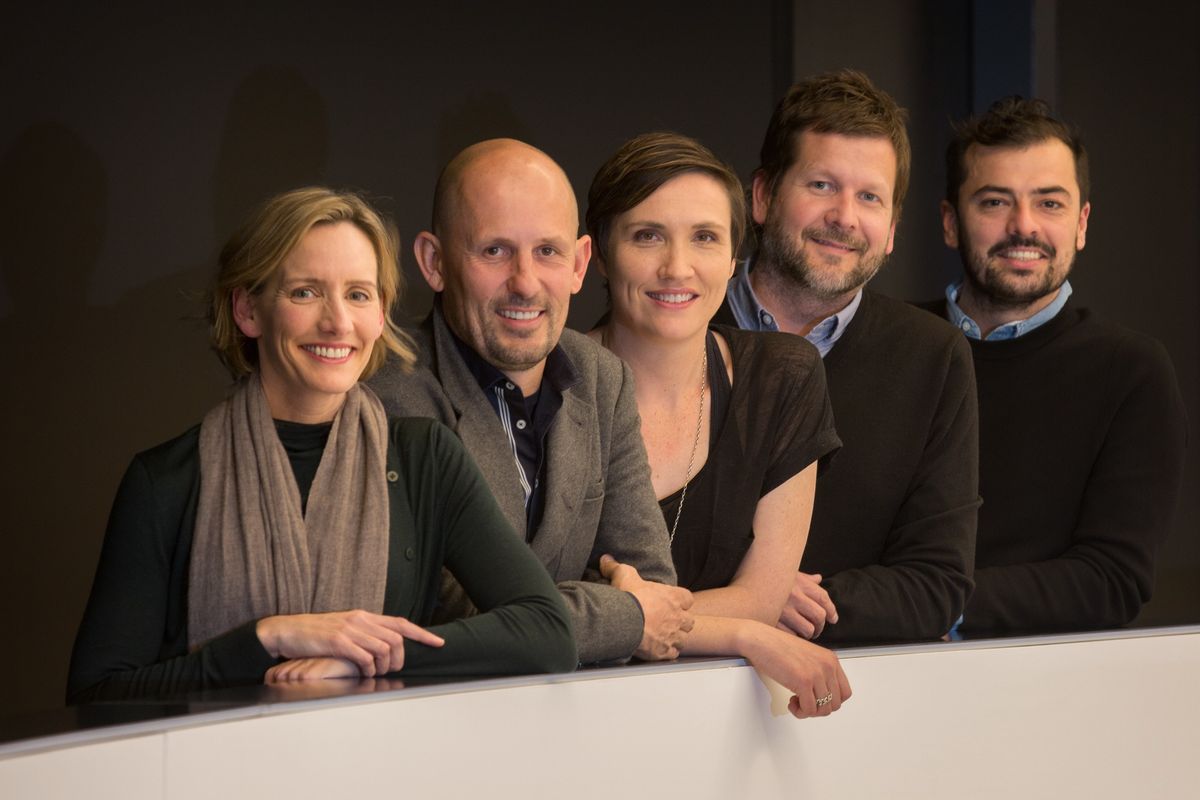
Jon Clements (jury chair), Immediate Past National President of the Australian Institute of Architects and director at Jackson Clements Burrows.
Image: Supplied
It was a great privilege to chair the national jury in my year as Immediate Past President.
The role begins with the appointment of the jurors and from a personal perspective I was committed to assembling a diverse group of (relatively) younger members to contribute to the critical assessment of architecture at the national level. The final jury included myself as chair, Abbie Galvin, Stuart Vokes, Fenella Kernebone and Rodney Eggleston – a melting pot of enthusiasm combining a broad range of project experience, small to large practice representation, and the communication of architecture and design in the media.
The national awards continue to generate interesting debate. In 2016 I will be upfront by saying that in assessing the chapter award winners, the jury noticed the absence of a number of “usual suspects” who appear to be shortlisted at nationals year on year. In this sense the jury was pleased to think that the outcomes in 2016 might be less predictable and we were keen to ensure that the deliberations would result in more intense scrutiny.
With the proverbial gates left slightly ajar, the jury began the process of evaluation with the two-day task of reviewing 209 state award winners to develop the visiting list. This process is understandably complex and we were always aware that it would not be possible to visit all of the projects that had received deserved recognition at the chapter level. We also recognized that a number of exceptional projects might unexpectedly slip through the net as they have in the past. Shortly afterward, we embarked on two separate weeks of jury tours, visiting sixty-five projects across Australia, resulting in the identification of seventy-nine nationally shortlisted entries across fourteen categories.
The jury tour is as much an opportunity to meet the architects and clients and to view the projects first-hand as it is for the jury to spend far too much time debating architecture in the back of a van or over a glass of wine. On tour the national jury operated like a well-oiled machine (thanks to the incredible support of Caitlin Buttress at the Institute). The range of personalities continually fuelled rigorous yet respectful debate between project visits and the occasional shout down emerged over dinner but always in good humour. This process translated into a healthy atmosphere of interrogation and deliberation and our only regret was not spending a little longer at many of our visits due to the limitation of time available to undertake the tour.
Consistent themes that emerged from the assessment process included: projects that delivered admirable outcomes with limited means, projects that clearly demonstrated the value of architecture through public benefit, architecture that explored invention in favour of fashion, clear commitments to client aspirations and to environmental and social sustainability, and significant contributions to our cities and regional centres.
Reflecting on the current categories in the national awards system and the associated assessment criteria, there are two categories that continue to provide challenges in the assessment process. Although a point of ongoing discussion, it is becoming clear that a commitment to sustainability should be an objective for all architecture and should be part of the assessment criteria for all categories. The consideration for the national council is that all projects should be up for evaluation, avoiding the need for a separate and specific category. The Small Project category also continues to bring up a number of challenges. It was conceived to provide an opportunity for small and emerging practices to enter and be recognized for very modest projects that are “small” by nature. This category would better achieve its intentions by introducing new entry criteria that does not allow projects entered in the Small Project category to be entered in another category.
A further reflection on the jury process comes from discussions surrounding the opportunity to move projects from one category to another during the deliberation process, where projects are elevated to a level of recognition in another category in the case where they may not have the opportunity to rise to the surface in the category in which they were initially entered. The 2016 jury agreed that our awards policy might benefit from a provision that restricts this process occurring, except in the case where the jury feels that a project has been entered in the incorrect category. This could be resolved at the state level, avoiding circumstances where it might occur at the national level.
The 2016 national awards jury travelled incredible distances to visit a cross-section of award-winning projects throughout Australia and it was a great privilege for us all to be warmly welcomed by so many architects and clients who have made significant contributions to the advancement of architecture and the public realm. All of the projects that were considered in the evaluation process were exceptional and inspiring; however, ultimately the determinations concluded with the recognition of thirty-two national awards and twelve commendations.
On behalf of the jury and the Institute I would like to thank all of the architects and clients who participated in the chapter and national awards programs, exposing their projects to a process of ongoing discussion, exhibition and education and ensuring that the architecture awards continue to play an important role in promoting the value of architecture and its significant public benefit.
Source

Award
Published online: 3 Nov 2016
Words:
Jon Clements
Images:
Geoff Comfort
Issue
Architecture Australia, November 2016
















